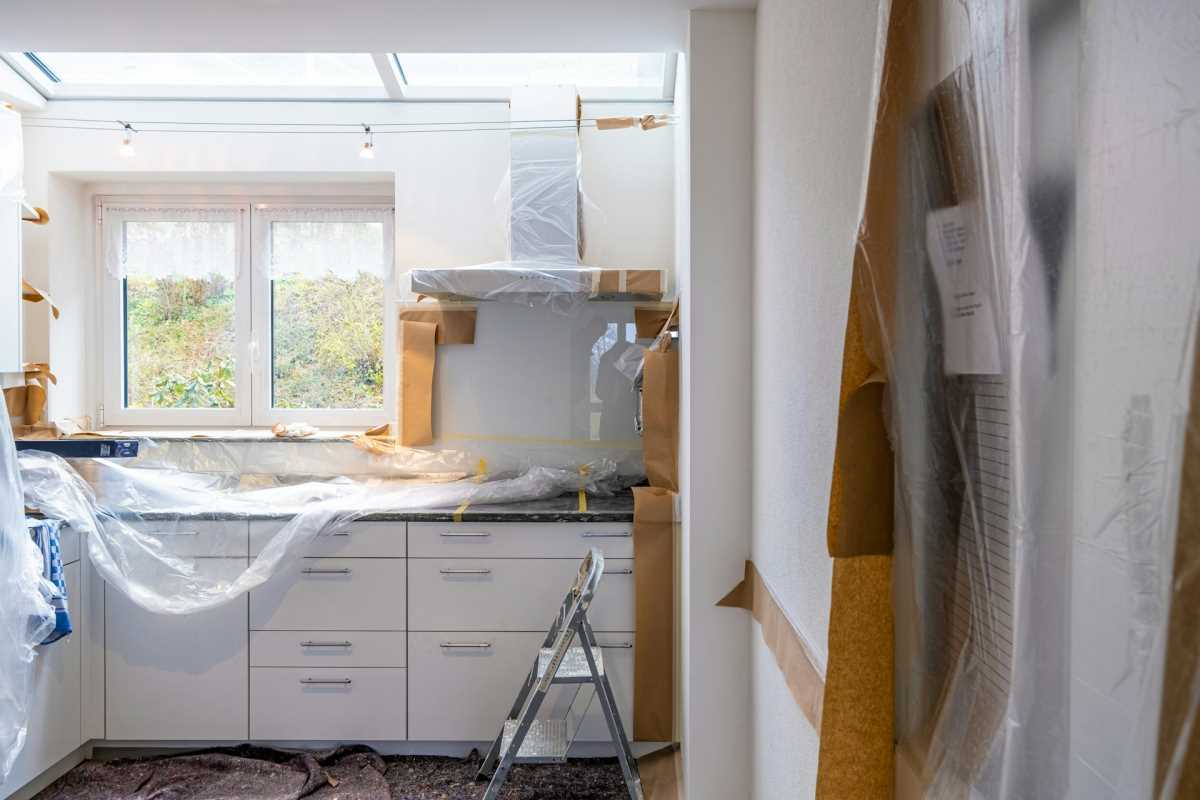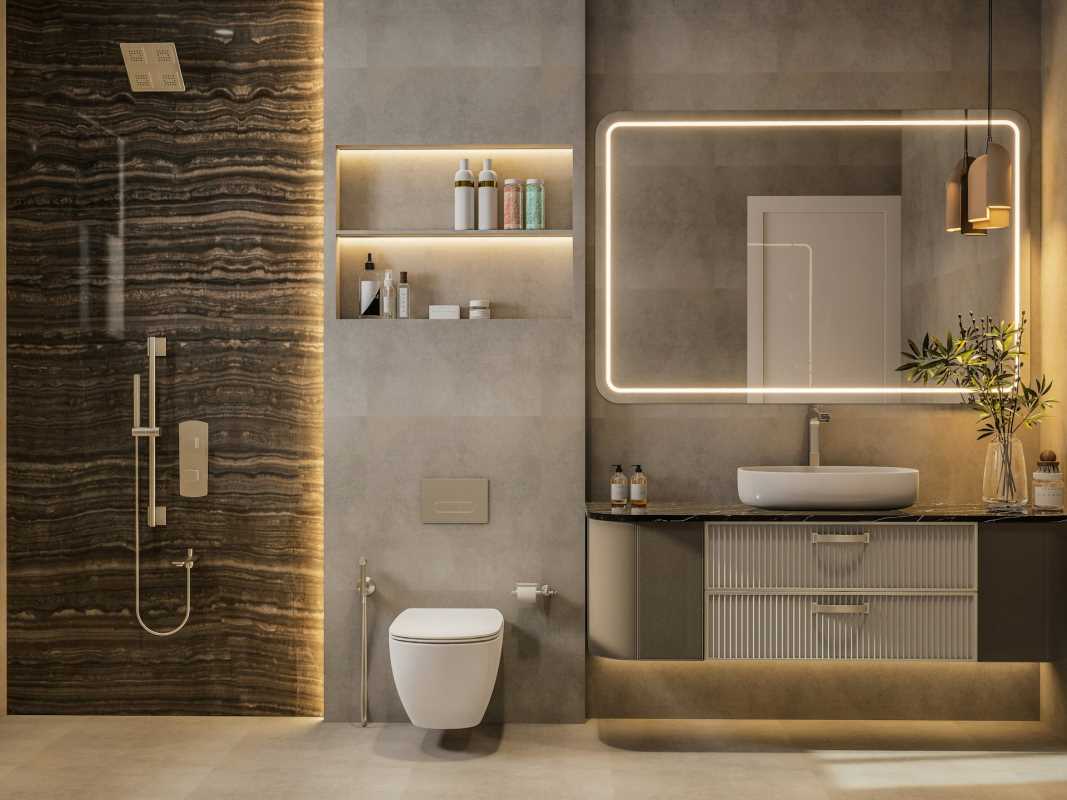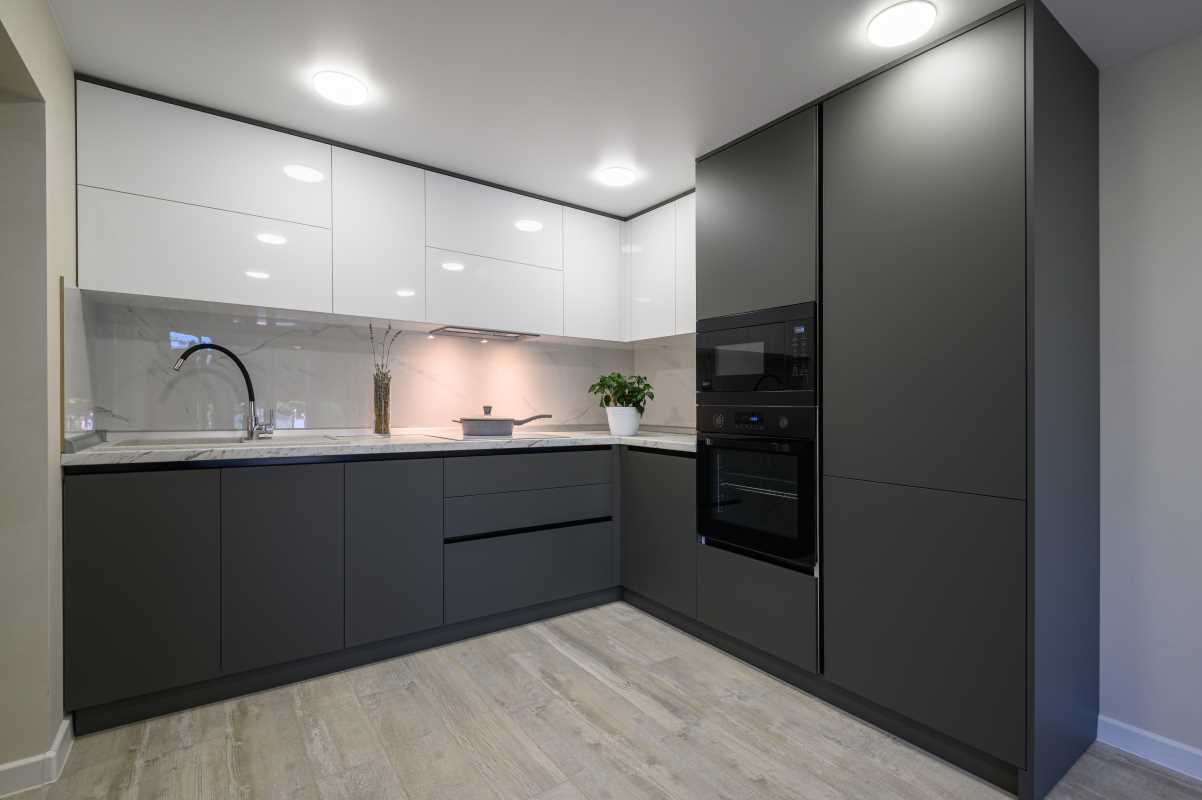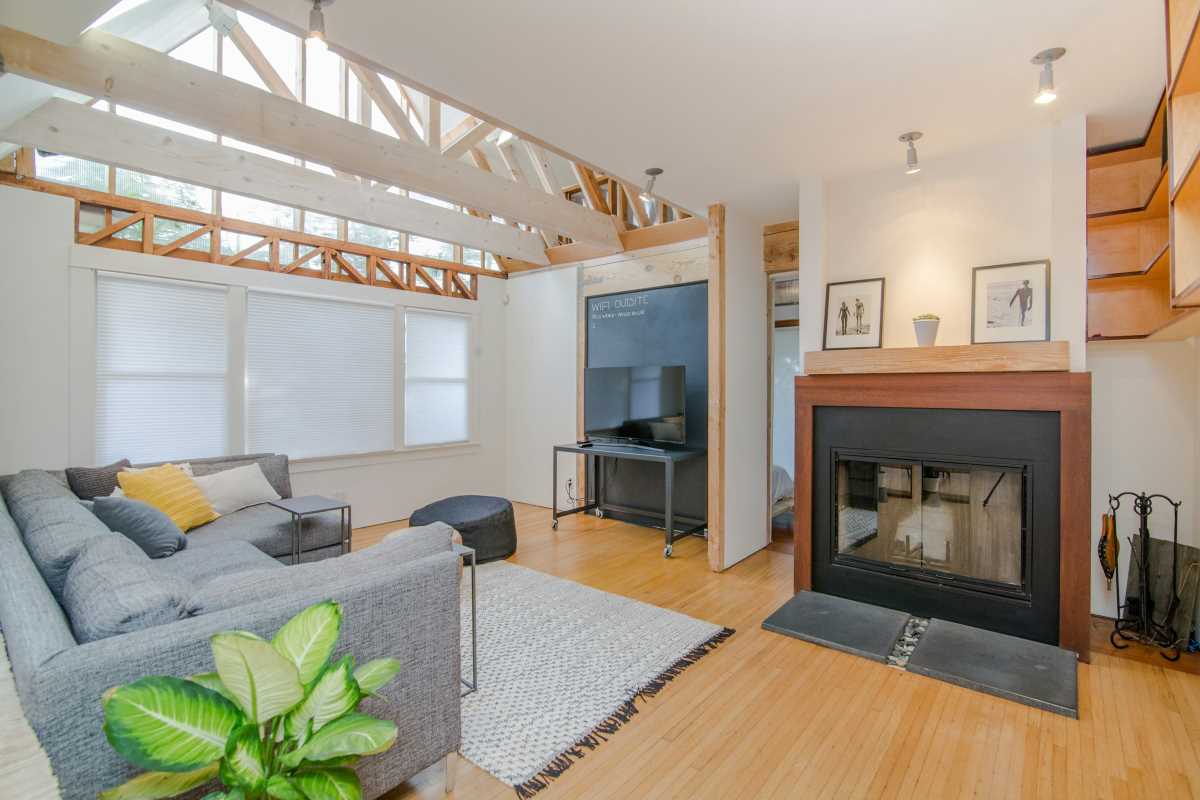Getting a good night’s sleep isn’t just about bedtime habits; it’s also about creating a space that invites relaxation. The way your bedroom is designed and organized can significantly affect how well you sleep. The right layout can promote calmness, improve airflow, and even ensure you wake up feeling rested and refreshed.
Whether you’re working with a spacious master suite or a smaller bedroom, thoughtful furniture placement and intentional design choices can help transform your space into a sleep haven. Here’s a guide to bedroom layouts that will have you sleeping better in no time.
1. Position Your Bed Strategically
Your bed is the centerpiece of your bedroom and plays a crucial role in shaping the layout. Where and how you position it can either enhance or disrupt your sleep quality.
Best Bed Positioning Tips
- Against a Solid Wall: Place the head of your bed against a solid wall rather than under a window. This gives a sense of security and stability, making the room feel grounded.
- Avoid Facing Doors Directly: Ideally, you should see the door from your bed without being directly in line with it. This positioning promotes relaxation and reduces disturbances caused by outside light or noise.
- Keep Your Bed Centered: Centering your bed against one wall, with equal space on either side, creates balance and symmetry, which naturally soothes the mind.
Layout for Small Bedrooms
If space is tight, consider placing the bed in a corner to maximize usable floor space. Use smaller bedside tables or opt for a wall-mounted nightstand to keep the area functional without feeling cramped.
2. Declutter for a Peaceful Environment
Clutter doesn’t just make your bedroom look messy; it can also clutter your mind, leading to stress and restless sleep.
How to Declutter Effectively
- Limit Furniture: Stick to essential pieces like a bed, nightstands, and a dresser. Avoid overcrowding the space with large or unnecessary items.
- Utilize Hidden Storage: Choose beds with built-in drawers or under-bed storage for extra linens or seasonal clothes.
- Tidy Your Surfaces: Clear nightstands and dressers of excessive items, keeping only what you truly need. A small lamp, a book, and maybe a calming candle are enough.
- Donate or Store Unused Items: If it doesn’t serve a purpose or bring joy, it’s time to say goodbye.
By reducing visual distractions, you create a calming space that supports relaxation and uninterrupted sleep.
3. Prioritize Lighting
Lighting plays a significant role in setting the mood for restful sleep. The right lighting can help ease you into slumber and ensure your space feels serene.
Lighting Tips for Better Sleep
- Layered Lighting: Use a combination of overhead lights, bedside lamps, and even dimmable options to control brightness according to your needs.
- Warm Light Bulbs: Opt for bulbs with warm color temperatures (2700–3000K) to mimic a sunset and signal to your body that it’s time to wind down.
- Blackout Curtains: Keep artificial outdoor light at bay by installing blackout curtains or blinds. A dark room signals your brain to release melatonin, the hormone responsible for good sleep.
- Consider a Smart Lamp: Lamps that gradually dim at night or mimic natural sunlight in the morning can support healthy sleep cycles.
Bonus tip? Keep electronics (phones, tablets, or TVs) away from the bed to minimize blue light exposure before sleep.
4. Incorporate Calming Elements
Your bedroom should be a sanctuary of peace. Adding elements that soothe your senses can help prepare your mind and body for deep rest.
Calming Additions to Try
- Neutral and Cool Color Schemes: Stick to soft blues, greens, or neutral tones like beige and gray, which are proven to promote relaxation.
- Textures That Soothe: Include cozy throws, fluffy pillows, or a soft area rug to create a cocoon-like atmosphere.
- Natural Materials: Furniture or decor items made from wood, rattan, or stone can introduce a grounding effect.
- Aromatherapy: Use essential oil diffusers with lavender, chamomile, or eucalyptus to fill the room with calming scents.
- Plants: Incorporate air-purifying plants like snake plants or peace lilies to freshen the air and bring the calming essence of nature indoors.
Creating a sensory-friendly room is one of the best ways to foster both physical and mental relaxation.
5. Leave Room for Airflow
An airy room feels fresher and more comfortable, and proper airflow can prevent stuffiness that disrupts sleep during the night.
How to Improve Air Circulation
- Keep the Area Around the Bed Open: Avoid placing furniture too close to the sides of the bed, which can restrict airflow.
- Use a Ceiling Fan: Ceiling fans keep air circulating and can help regulate temperature for a better sleep experience.
- Open Windows (if weather permits): Allow fresh air to flow in during the evenings to cool the room naturally.
- Space Between Furniture: Even in small rooms, avoid overcrowding by leaving space between major pieces like your dresser, bed, and side tables.
Combine this with breathable bedding materials, like cotton or bamboo, to regulate temperature effectively while you sleep.
6. Tailor the Layout to Your Room Size
Not everyone has a sprawling master bedroom, but with thoughtful planning, even the smallest spaces can support restful sleep.
Small Bedroom Solutions
- Use multi-functional furniture, like beds with built-in storage or nightstands with drawers.
- Wall-mounted shelves can double as storage and decor without taking up floor space.
- Mirrors strategically placed can bounce light and create the illusion of a larger room.
Large Bedroom Layouts
- Consider a seating area with cozy armchairs to create a dedicated space for reading or winding down.
- Use rugs to define zones (e.g., sleeping area, dressing area) to make the large room feel more purposeful and inviting.
7. Remove Technology and Disruptions
A gadget-free bedroom is key to better sleep. According to sleep experts, the presence of screens and technology can interfere with your circadian rhythms.
Tech-Free Bedroom Tips
- Designate a Charging Station Outside the Bedroom: Keep phones and tablets out of reach to reduce nighttime scrolling temptations.
- Add an Analog Clock beside the bed instead of relying on your phone as an alarm.
- Limit Noise: Consider white noise machines or fans to mask disruptive sounds from outside.
- Ban Work-Related Items like laptops or paperwork. Your bedroom should be primarily for rest and not productivity.
Your bedroom layout should do more than look good; it should help you recharge and rest deeply each night. By prioritizing strategic bed placement, reducing clutter, enhancing lighting, and integrating calming elements, you can craft a sleep-friendly sanctuary tailored to your needs.
 (Image via
(Image via





